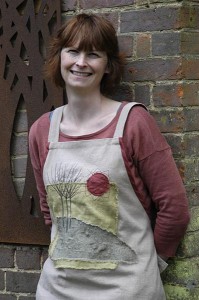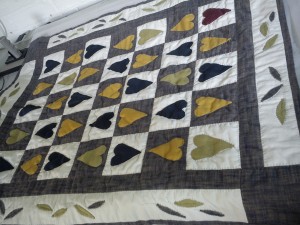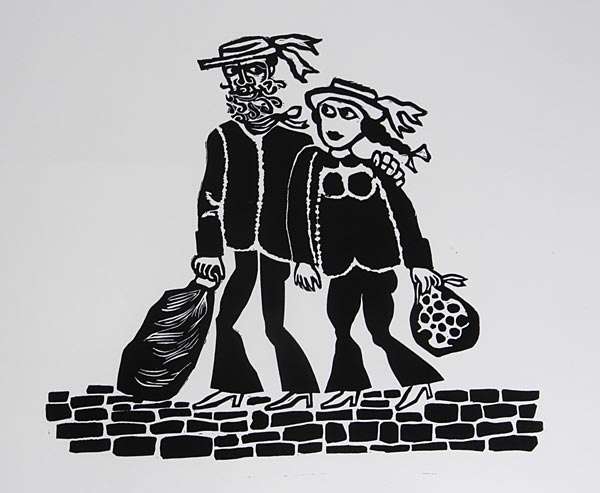I am currently at the mid point of my Open Studio event. I’ve been opening up my studio for the last four or five years, allowing the public to arrive at will and experience a working print room. This is the first year I have opened for every day of the fortnight and it’s a mixed blessing: on the one hand it’s great because it pins me down in the studio all day and on the other hand it’s rotten because it pins me down in the studio all day. I am suffering from cabin fever. Suddenly the thought of going to the supermarket with an optional visit to the dry cleaners seems as seductively exciting as a trip to Monaco.
On the plus side it is making me get on with my work, though in fits and starts depending on who arrives and what they want to see. I feel there’s no point in having an open studio if people can’t see work in action and talk to the artist, pick up tools, handle the prints and ask all sorts of questions. The questions are interesting and range from the highly technical (a retired engineer interested in the inside specifications of the Albion Press) to the ghoulish (small boy ‘are those tools sharp enough to cut you so it wouldn’t stop bleeding until all your blood ran out?’) and sometimes to the plain well, plain: ‘how much money does this make you?’.
On the whole I enjoy this hiatus in the solitary time I spend with Radio Four and now with Radio Four Extra. Printmaking is such a blend of craft and art: it’s a bit of theatre with plenty of opportunity for thrills and surprises, the dark tragedy of the misplaced registration and the joy of peeling back the final perfect impression. It’d be a shame to keep it to myself all year.


